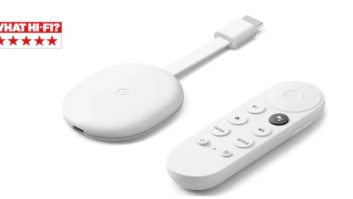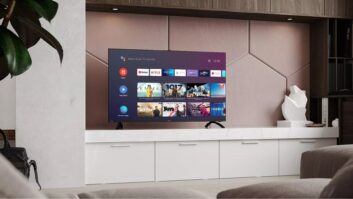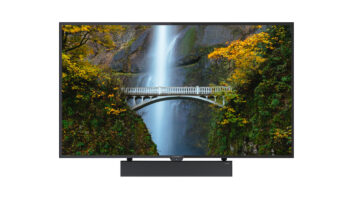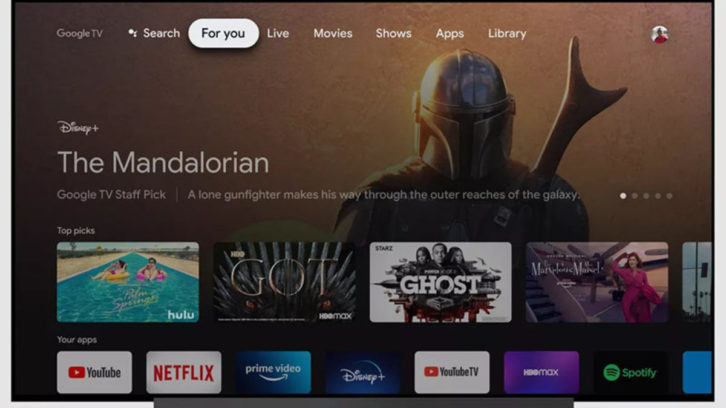
Google confirmed months of rapt speculation Wednesday, September 30 when it formally introduced the rebrand of its Android TV video operating system, which it now calls Google TV, and officially unveiled the first device to run the reiterated OS, the latest upgrade of its Chromecast HDMI dongle
Retailing for $49.99, the new Chromecast with Google TV has been breathlessly reported on by tech enthusiast blogs—and this publication—for months, as the device (codenamed “Sabrina”) wound its way through the development process.
But the bigger disclosure was the transition to Google TV, which will eventually replace Android TV among Google’s roster of third-party device partners.
Currently, Roku and Amazon control around 70% of the U.S. connected TV device market. Android TV has a small niche, deployed in OTT devices including Nvidia Shield, Dish Network’s AirTV and the recently introduced TiVo Stream 4K. Smart TVs made by TCL, Sony and several other brands also are powered by Android TV. And as of last announcement months ago, more than 140 pay TV operators around the globe power their thin-client set-tops with the OS.
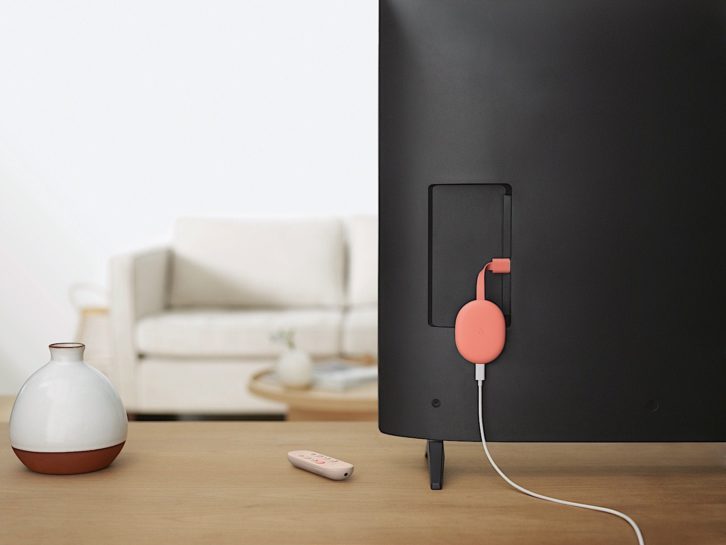
“Google TV is going to be on third-party devices that have been working on Android TV OS over the years,” John Gildred, Google’s director of product development for Android TV, told CNET. “We are now working with them for 2021 products to include the Google TV experience on their next-generation televisions and OTT devices.”
Gildred said he doesn’t expect Google TV to completely displace Android TV among third-party vendors until 2022.
So what’s new about Google TV relative to Android TV?
For starters, a new “For You” tab in the main menu features curated algorithmic selections of programs you probably—might?—like, culled from the apps you use.
A “Live” tab takes the user to live-linear content—at launch, this starts with Google’s virtual pay TV service, Google TV, but the company plans to expand the selection as time goes on.
Meanwhile, a “Watchlist” has been added that lets bookmark titles in their mobile and desktop apps, and have them surface in their Google TV device.
Shalini Govilpai, senior director of Google TV, outlines all the changes in detail in this September 30 blog post introducing the new OS.
“To build this, we studied the different ways people discover media—from searching for a specific title to browsing by genre—and created an experience that helps you find what to watch. We also made improvements to Google’s Knowledge Graph, which is part of how we better understand and organize your media into topics and genres, from movies about space travel to reality shows about cooking,” Govipai wrote.
Just like Android TV, Google TV will include onscreen access to Google Assistant, enabling voice control of the OS, as well as control access to smart home devices and feeds from Nest cameras.
Google is also displacing the Google Play Movies & TV app on Android mobile devices with the new Google TV app.
This isn’t the first time at the rodeo for the Google TV brand name. As CNET noted, the original Google TV debuted a decade ago in products including Sony’s NSX-GT1 TV and the Logitech Revue set-top box. The tech included a QWERTY remote control and a Google Chrome aesthetic. But it never took off the pre-streaming era and was replaced in 2014 … by Android TV.
This article originally ran on nexttv.com.
See also: Comcast Releases Second-Gen xFi Pods With Up To 2X Speeds




